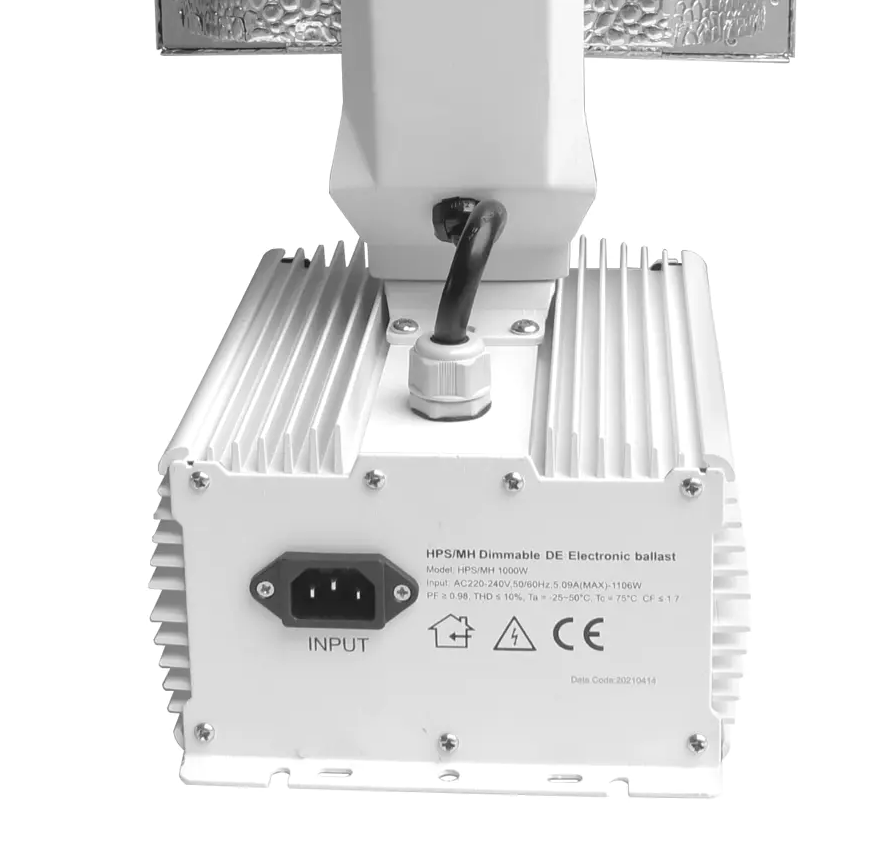When evaluating the suitability of a CMH Sodium Light for plant growth or commercial applications, energy consumption is a key consideration. In any lighting system, the amount of power used directly affects operating costs, environmental impact, and overall efficiency. Compared to traditional high-pressure sodium lamps, ceramic metal halide sodium variants are designed to provide a more balanced spectrum while maintaining moderate energy usage. Although they do not reach the ultra-low energy levels of modern LED solutions, their efficiency relative to older discharge lamps makes them an attractive option for growers seeking consistent light output without excessive electricity costs.
One of the main advantages of this type of lamp is that it converts a significant portion of electrical energy into usable light rather than heat. Traditional sodium or halide lamps often lose energy through infrared radiation, contributing to heat buildup in enclosed environments such as greenhouses. CMH Sodium Light technology improves on this by optimizing the arc tube design and gas composition, which increases luminous efficacy while reducing wasted energy. As a result, these lamps can deliver high-quality illumination for plant growth with lower energy draw than comparable older models, making them more sustainable for long-term use.
Additionally, energy efficiency is complemented by longevity. CMH Sodium Lights typically have a longer operational life than standard high-pressure sodium lamps, which means fewer replacements over time. Each bulb maintains its lumen output more consistently, reducing the need for overcompensation with additional fixtures and lowering overall electricity consumption. When installed in properly designed systems with reflective surfaces and controlled spacing, the energy cost per unit of light reaching the target area can be significantly reduced. This combination of durability and efficiency is a practical advantage in both commercial and residential applications.
However, it is important to note that while these lamps are more efficient than older discharge lighting, they may not match the energy savings achievable with LEDs. LED systems can provide similar or higher light output using considerably less power, with minimal heat production and precise spectrum control. Despite this, for users who value a balanced spectrum and proven reliability in horticultural settings, CMH Sodium Light presents a reasonable compromise between energy consumption, light quality, and operational stability.
In conclusion, CMH Sodium Light offers moderate energy efficiency with advantages over traditional high-pressure sodium lamps. Its ability to deliver balanced illumination while minimizing wasted energy makes it suitable for many plant growth and commercial lighting applications. While not as energy-efficient as the latest LED technology, it provides a practical and cost-effective solution that balances performance, light quality, and power consumption, making it a viable choice for growers and facility managers seeking reliable lighting with measurable energy savings.
KEY FEATURES & BENEFITS INCLUDE:
· High efficacy electronic ballast.
· Multi self-protections.
· Stable performance: Quick start, no flicking, no acoustic resonance.
· Good heat dispersion.
· Small Size.
